In the world of root vegetables, sweet potatoes and purple yams have long been celebrated for their vibrant colors and nutritional benefits. While both belong to the same family, their distinct hues hint at differences in their nutritional profiles. The debate over which tuber packs a greater nutritional punch has intrigued health enthusiasts and researchers alike. Beyond their visual appeal, these underground gems offer a fascinating case study in how plant pigments correlate with health benefits.
The orange-fleshed sweet potato, commonly known simply as "sweet potato," owes its color to beta-carotene, a precursor to vitamin A. This antioxidant compound not only gives the tuber its characteristic hue but also provides significant nutritional value. Purple yams, on the other hand, derive their deep violet color from anthocyanins, the same powerful antioxidants found in blueberries and blackberries. These differing pigment compounds suggest that each vegetable may offer unique health advantages.
When examining starch content, studies reveal interesting variations between these two tubers. Sweet potatoes generally contain higher amounts of digestible starch, which translates to more immediate energy. Purple yams tend to have slightly lower starch content but higher levels of resistant starch, particularly when cooked and cooled. This resistant starch behaves more like dietary fiber, passing undigested through the small intestine and fermenting in the colon, where it feeds beneficial gut bacteria.
The cooking method significantly impacts the starch composition of both vegetables. Baking sweet potatoes at high temperatures converts some of their starch into maltose, accounting for their characteristic sweetness. Purple yams maintain more stable starch structures during cooking, which may explain why they often taste less sweet despite containing similar amounts of natural sugars. This difference in starch behavior during food preparation affects not only taste but also how the body processes these carbohydrates.
Nutritional analyses show that purple yams contain higher concentrations of certain minerals, particularly potassium and manganese, compared to their orange counterparts. Both varieties provide substantial amounts of vitamin C, though sweet potatoes typically lead in vitamin A content due to their beta-carotene concentration. The presence of anthocyanins in purple yams gives them superior antioxidant capacity, which may offer additional protection against oxidative stress and inflammation.
Fiber content represents another point of differentiation between these root vegetables. While both contain considerable dietary fiber, purple yams often edge out sweet potatoes in this category. The combination of fiber and resistant starch in purple yams may contribute to better blood sugar management, making them particularly interesting for individuals monitoring their glycemic response. Sweet potatoes, especially when boiled rather than baked, also have a moderately low glycemic index despite their sweeter taste.
From a culinary perspective, the starch differences between these tubers affect their texture and cooking properties. Sweet potatoes tend to become softer and creamier when cooked, while purple yams often maintain a slightly denser, firmer texture. This textural variance influences their uses in traditional dishes across various cultures, from sweet potato pies in American cuisine to purple yam desserts in Asian cooking.
Recent research has begun exploring how the unique phytochemicals in each vegetable may offer different health protections. The anthocyanins in purple yams show promise in laboratory studies for supporting brain health and reducing cancer risk. Meanwhile, the high vitamin A content from sweet potatoes continues to be important for vision health and immune function, particularly in developing countries where vitamin A deficiency remains a concern.
The choice between sweet potatoes and purple yams ultimately depends on individual nutritional needs and health goals. For those seeking maximum vitamin A, orange sweet potatoes remain unmatched. Individuals focused on antioxidant intake or gut health might prefer purple yams. Fortunately, incorporating both into a balanced diet allows consumers to benefit from the unique strengths each vegetable offers.
As agricultural scientists develop new varieties, the nutritional landscape of these tubers continues to evolve. Some newer cultivars combine the high beta-carotene content of sweet potatoes with the anthocyanin levels approaching those of purple yams. These developments may eventually blur the nutritional distinctions between the two, offering consumers root vegetables that provide the best of both worlds.
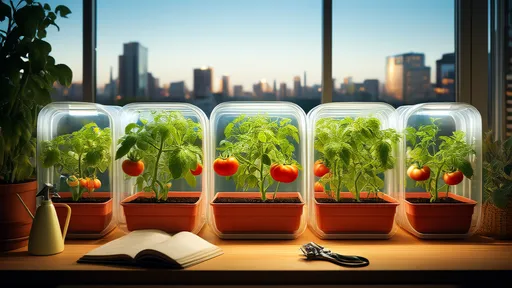
By /Aug 1, 2025
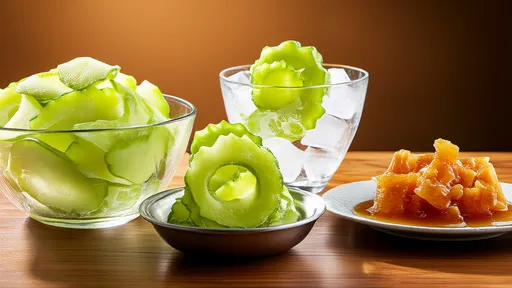
By /Aug 1, 2025
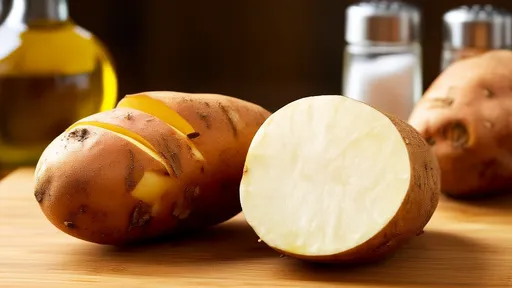
By /Aug 1, 2025
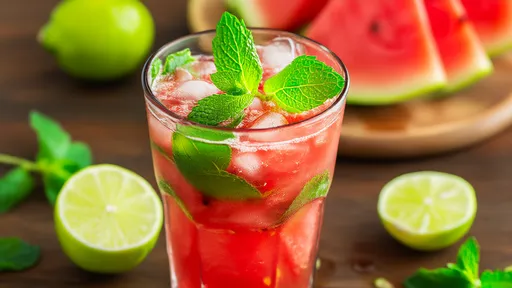
By /Aug 1, 2025
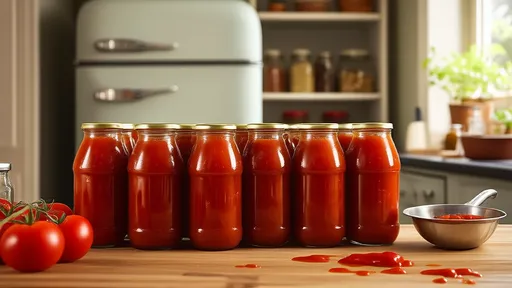
By /Aug 1, 2025
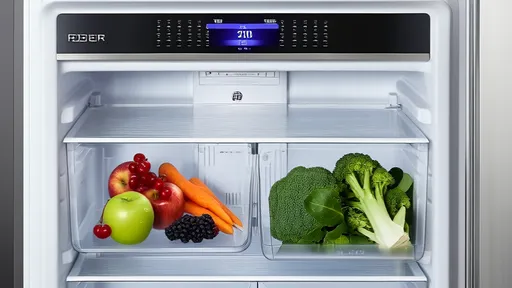
By /Aug 1, 2025
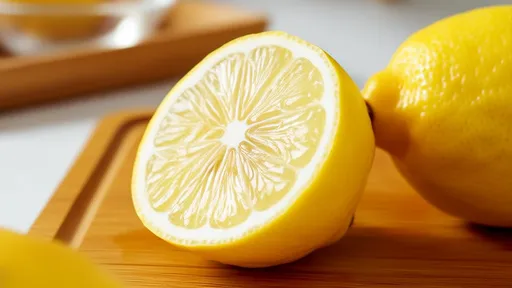
By /Aug 1, 2025
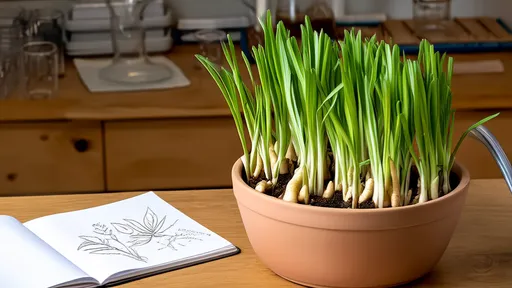
By /Aug 1, 2025
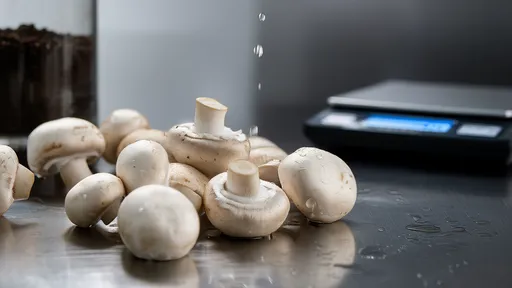
By /Aug 1, 2025
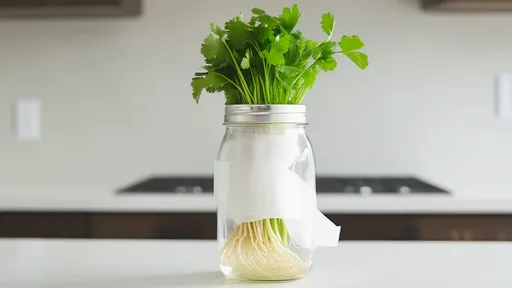
By /Aug 1, 2025
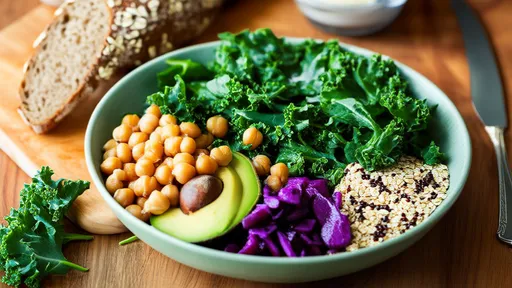
By /Aug 1, 2025
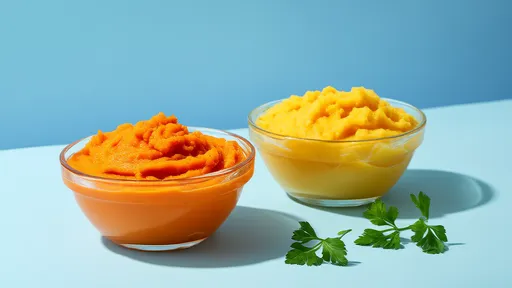
By /Aug 1, 2025
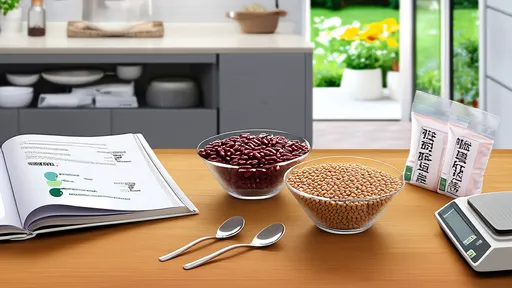
By /Aug 1, 2025
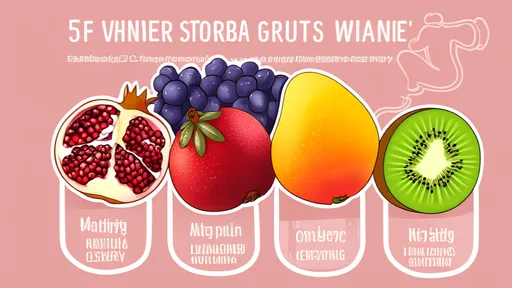
By /Aug 1, 2025
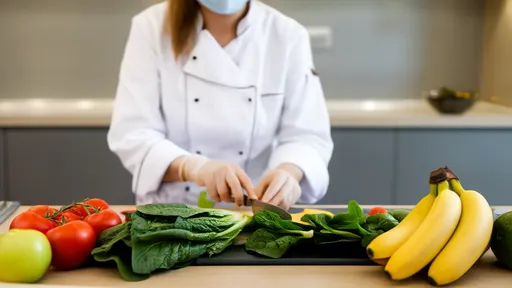
By /Aug 1, 2025
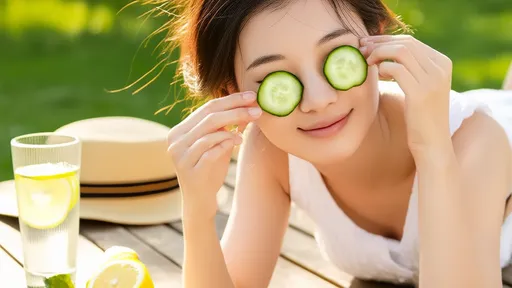
By /Aug 1, 2025
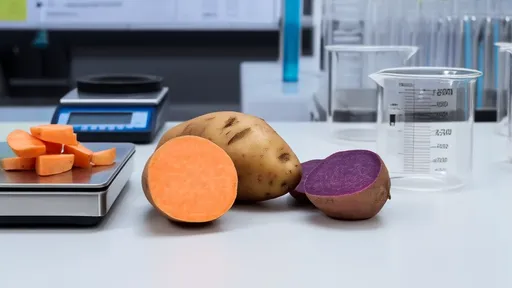
By /Aug 1, 2025
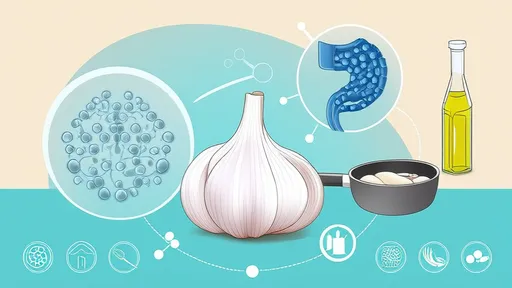
By /Aug 1, 2025